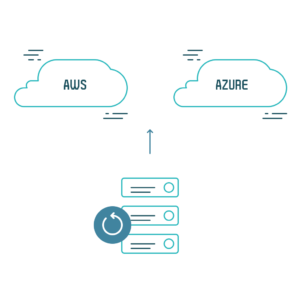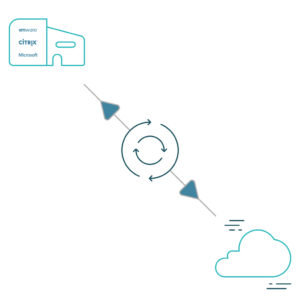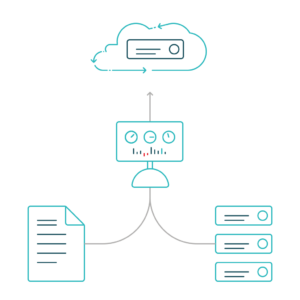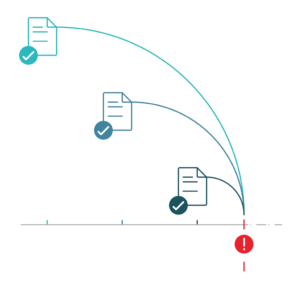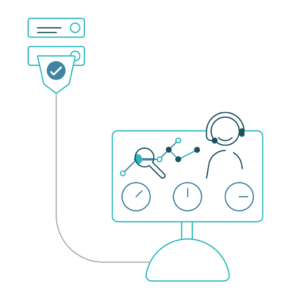What is Backup Self-Service? Automation and Role Based Access Control
What is backup self-service? Rather than immediately jumping into TCO (Total Cost of Ownership), RTO (Recovery Time Objective), and other TLAs (Three Letter Acronyms) – let’s take a step back.
What is self-service? It’s simply the practice of some form of automation allowing one to serving oneself. It can but does not need to include purchasing the item.
What is banking self-service? Pretty simple, right? It’s an ATM (Automated Teller Machine.) It’s credit cards and debit cards. It’s your bank’s web site. It is those tools that allow you to bank yourself.
What is fuel self-service? Again, pretty simple. It’s pumping your own fuel from automated fuel pumps. What’s an automated fuel pump? Fuel pumps that allow you to pay and pump yourself.
What is food self-service? More automation. Vending machines. Buffets. Self-service kiosks.
So, what is backup self-service? It’s a bit more complex to describe, but there are two broad themes. The first is automation and the second is RBAC (Role Based Access Control).
Backup Self-Service and Automation
Whether it’s automated teller machines or automated fuel pumps or automated self-service kiosks, automation is a core enabling component of self-service. Backup self-service relies on the fact that anyone and everyone who uses a backup and continuity solution expects both backup automation as well as replication, recovery, and other core technology automation.
Backup Self-Service and Role Based Access Control
RBAC is important in backup self-service is layered on top of automation. Automation enables individual self-service; automation and RBAC enables IT professional team self-service. If you’re a small business and you have only a single IT person, RBAC is a moot point. But when you’re in an enterprise with dozens, hundreds, or even thousands of IT people, backup self-service becomes more important. Why? On larger teams, IT professionals tend to take roles.
The CIO or VP of IT must partition the workload of a large team. That can be done by asset and by skill. For example, a CIO can decide that all a small team can be responsible for all Oracle database management and another small team can be responsible for all SQL database management. The CIO can further decide that yet another team be associated with all servers or virtual machines by business function that she is serving. Backup self-service with RBAC allows the CIO and her leaders to partition a backup solution so that key tasks and responsibilities can be assigned regarding data protection for each of those assets.
Unitrends Backup Self-Service
Unitrends has already reported continuing explosive growth in the enterprise market. As we have had increasing numbers of larger companies use Unitrends, we’ve had increasing requests for backup self-service in the form of RBAC. So with release 9.2, we’ve introduced backup self-service in the form of RBAC across our physical and virtual purpose built backup appliances (PBBAs.) This means that for all of our Recovery-Series physical appliances, which range from 1TB to 180TB of raw storage (up to three petabytes (3PB) of deduplicated backup data, and all of our UB (Unitrends Backup) virtual appliances, which are available on VMware, Hyper-V, and XenServer and protect over 200 servers, storage devices, operating systems, hypervisors, applications, and the like.
We designed RBAC so that enterprises could assign roles for server administrators, storage administrators, virtualization administrators, Exchange administrators, SQL Administrators, Oracle Administrators, SharePoint Administrators can be granted role-based access to the IT infrastructure for which they are responsible. I’m going to leave you with a lot of screenshots of this latest Unitrends enterprise-level feature – that follows our philosophy of radical simplicity and affordability (it’s free to our current customers and is bundled into our existing pricing for new customers.) As always, I’d love to hear your thoughts on this or anything else.
